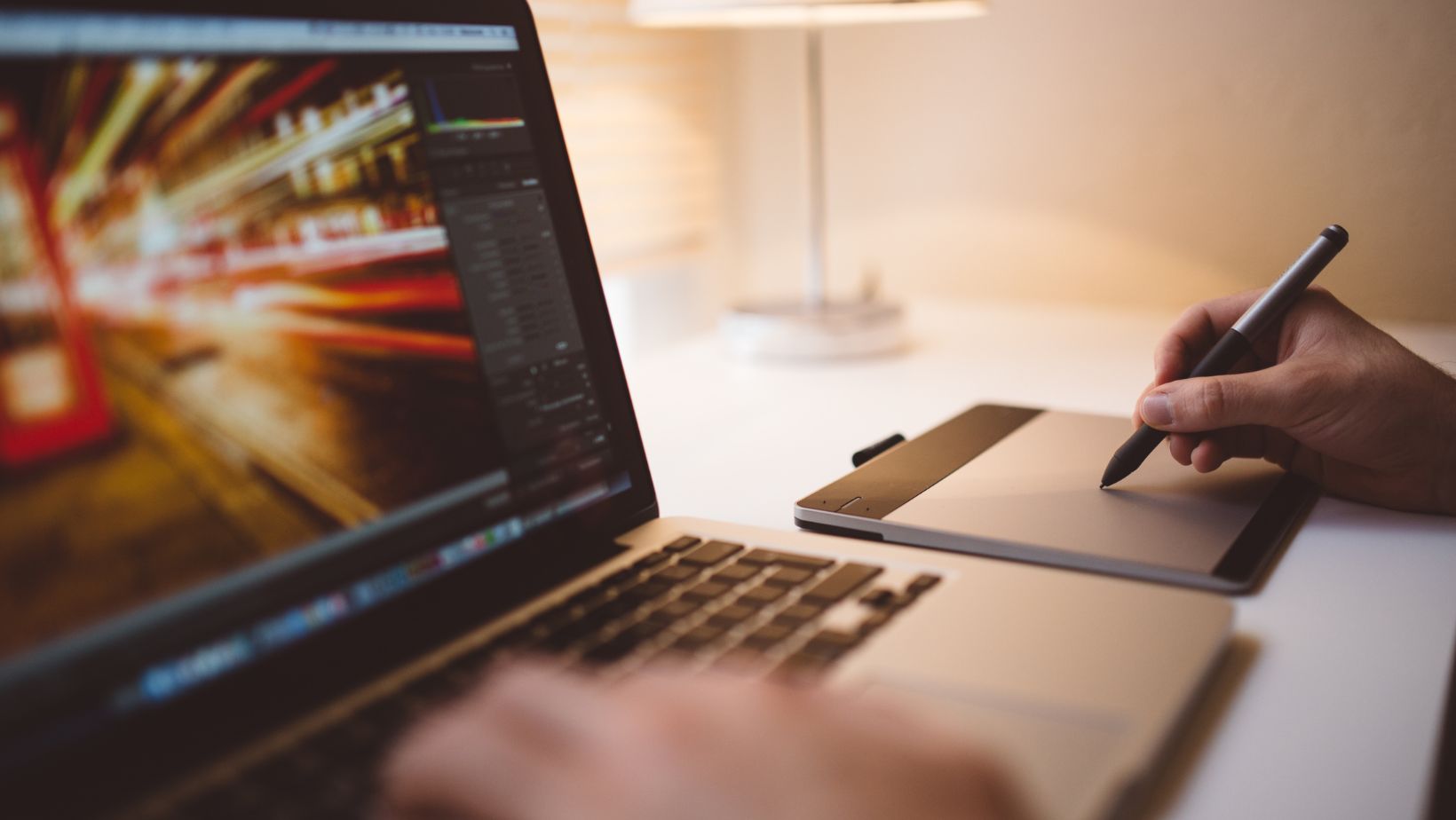Table of Contents
ToggleHow To Distort Image In Illustrator
Are you looking to learn how to distort images in Illustrator? Well, you’re in luck! In this article, I’ll walk you through the step-by-step process of distorting images using Adobe Illustrator. Whether you want to create a unique visual effect or add some creative flair to your designs, mastering image distortion techniques can open up a world of possibilities.
Illustrator offers various tools and features that allow you to manipulate and distort images with ease. From warping and liquifying to bending and twisting, there are numerous ways to achieve the desired effect. By following these simple instructions, even beginners can quickly become proficient in distorting images like a pro.
So, if you’re ready to unleash your creativity and transform ordinary images into visually stunning works of art, let’s get started on this exciting journey of image distortion in Illustrator!

Choosing the Right Tools and Settings for Distorting Images
When it comes to distorting images in Illustrator, selecting the right tools and settings is crucial. With a wide range of options available, it’s important to understand how each tool works and which settings will yield the desired effect. In this section, I’ll guide you through some key considerations to help you make informed choices.
- Understand the Tools: Adobe Illustrator offers various tools for distorting images, each with its own unique capabilities. Familiarize yourself with tools like Puppet Warp, Liquify, Free Transform, and Envelope Distort. Experiment with these tools on different types of images to get a feel for their effects.
- Consider Image Quality: Before applying any distortions, consider the quality of your image. Higher resolution images tend to handle distortions better without losing too much detail or clarity. If your image has low resolution or limited details, certain distortions may not produce satisfactory results.
- Evaluate Intended Effect: Determine what kind of distortion effect you want to achieve before selecting your tools and settings. Do you want to create a subtle ripple effect or completely warp an object? Understanding your desired outcome will help you choose the most suitable tool and adjust its settings accordingly.
- Adjust Tool Parameters: Once you’ve selected a tool for distortion, explore its parameters or options panel to fine-tune the effect further. For example, with Puppet Warp, you can adjust mesh density or anchor points for more precise control over deformations.
By carefully considering these factors when choosing your tools and settings for distorting images in Illustrator, you’ll be able to achieve visually captivating effects while maintaining control over the final outcome. Remember to experiment, practice, and have fun with different distortion techniques to unleash your creativity.
Using the Warp Tool to Distort Images
Let’s delve into the world of image distortion in Adobe Illustrator and explore how we can achieve captivating effects using the powerful Warp Tool. With its versatility and ease of use, this tool allows us to manipulate images in creative ways, adding a touch of uniqueness to our designs.
To get started, select the image you want to distort and navigate to the “Object” menu. From there, choose “Envelope Distort” and then click on “Make with Warp.” A dialog box will appear, presenting you with various warp options such as Arc, Flag, Bulge, and Twist. Experiment with these different settings to see which one best suits your desired effect.
Once you’ve selected a warp style, adjust the sliders or input specific values for “Bend,” “Horizontal Distortion,” and “Vertical Distortion” until you achieve the desired result. Play around with these settings to create subtle or dramatic distortions depending on your artistic vision.
It’s important to note that while using the Warp Tool is straightforward, it may take some practice to master. Don’t be discouraged if your initial attempts don’t yield perfect results – embrace experimentation! Try combining multiple warp styles or layering different distortions for more complex effects.
Keep in mind that certain images may respond differently to distortion based on their content and resolution. High-resolution images generally provide better results due to their increased level of detail. Additionally, vector-based graphics tend to handle distortion more smoothly than rasterized images.
Remember that balance is key when distorting an image. While it’s tempting to go overboard with extreme warping effects, sometimes subtle adjustments can have a more impactful outcome. Allow yourself room for creativity while ensuring that your distorted image remains visually appealing and coherent within its intended context.






